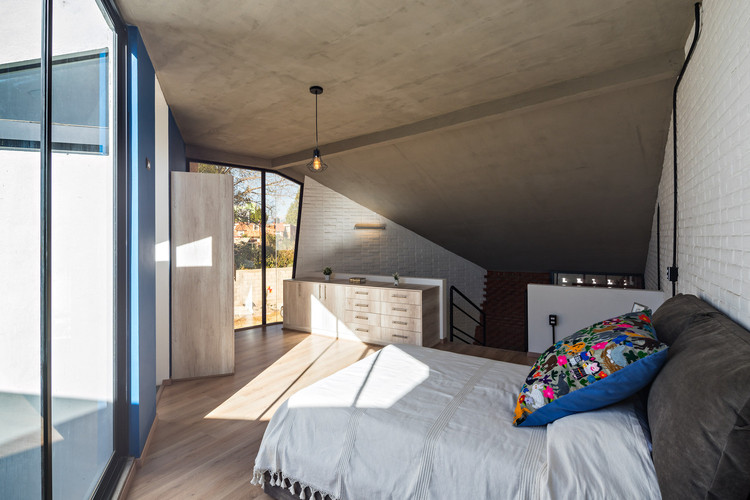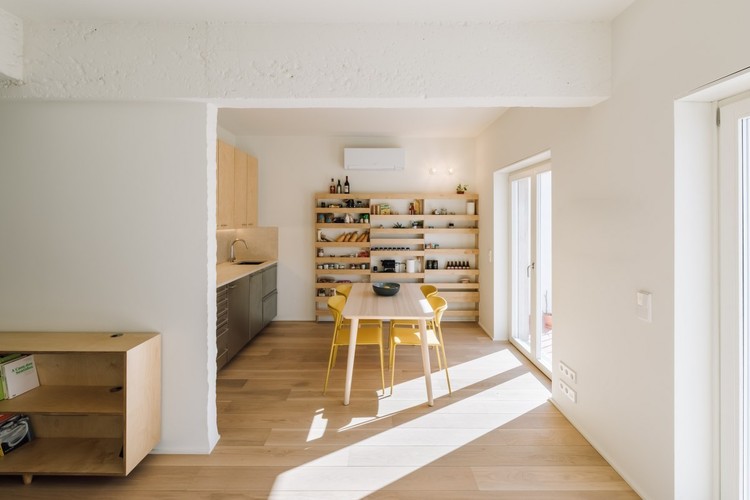
In dystopian films, it is a common trope to depict the sky as filled with a thick fog, blocking the sun's rays and bringing a dark atmosphere to the scenes. Whether in Blade Runner or in a Black Mirror episode, the lack of sun commonly represents a future we would rather not live in. The sun provides heat to planet Earth and is a great source of light energy, essential for the survival of many living creatures. We can generate electricity from the sun and still use only a fraction of the energy it provides. Sunlight also regulates our circadian cycle, which affects our mood. But recent forest fires and industrial pollution in some large cities have already made the dystopian blockage of sun a relatively common phenomenon, depriving hours of sunshine from many inhabitants. Concurrently, with the COVID-19 pandemic, we are living a plot that few science fiction writers could have predicted, and new technologies and solutions have emerged to try to contain the spread of this invisible enemy. Can the sun, or specifically ultraviolet radiation, kill viruses and bacteria? Could it kill the coronavirus?
The answer is not a straightforward one. It has been proven that the sun can kill some viruses exposed for a long enough time; environments that receive solar radiation for a few hours experience less humidity, which prevents the proliferation of fungi and bacteria. Ultraviolet radiation is responsible for this phenomenon. Compared to the visible light that we can see with our eyes, ultraviolet (UV) has a higher light frequency. That's where the name comes from: because violet is the highest frequency color that the human eye can perceive, ultra-violet light sits between visible light and X-rays on the spectrum.

UVA and UVB rays are commonly mentioned on the labels of sunscreen and in radiation alerts in the summer, as they can be harmful to our skin. UVA rays have the longest wavelength (320 to 400 nm) and have the highest incidence on the Earth's surface, since they are not absorbed by the ozone layer. Prolonged exposure to UVA light has been linked to aging and skin damage. UVB radiation is what causes sunburn, but it also helps the skin produce a type of vitamin D (vitamin D3), and it has a higher incidence during the summer. Part of it is absorbed by the atmosphere.

UVC light, on the other hand, is not found naturally on Earth, since it is completely absorbed by the ozone layer. UVC radiation is particularly effective at destroying genetic material, whether in humans or viral particles with bactericidal properties. Because of this, it is widely used for the sterilization of surgical materials and in water and air treatment processes. This disinfection is carried out using special lamps with a bluish tint, which bathe the environment in light and kill the vast majority of microorganisms present.
Doctor and scientist Niels Ryberg Finsen was responsible for discovering the effects of this type of radiation, and received the Nobel Prize for Medicine in 1904 for using ultraviolet rays to treat infections and bacterial diseases.

In 2020, several sterilizing UVC lamps were launched on the market, aimed not only at hospital spaces but also domestic environments. However, these products should be used with great care and according to the manufacturer's standards, because radiation can be extremely aggressive to humans, animals, and plants, interfering with cells, causing mutations, and triggering extremely serious diseases. Therefore, when using the lamps, the room must be completely empty. The New York subway system has used this technology to clean its cars, as have some aviation companies and other spaces with high traffic and poor ventilation, which are potentially dangerous conditions for the spread of disease.

.

However, although the technology is well known and already widely used, it will only remove the virus from circulation in the environment itself. The main form of transmission of the virus continues to be through close contact with a sick person, particularly through the respiratory droplets emitted by coughing, sneezing, or speaking. But the technology could be extremely effective in preventing the spread of unwanted microorganisms in the space itself, which can cause disease and even damage to materials and structures. This leads to some questions: it is undeniable that the world has changed with the recent pandemic, and concerns that were characteristic of hospital environments and laboratories have begun to reach other spaces. As we develop safer technologies, will architects have to use controlled radiation to help create healthier spaces in the future?

